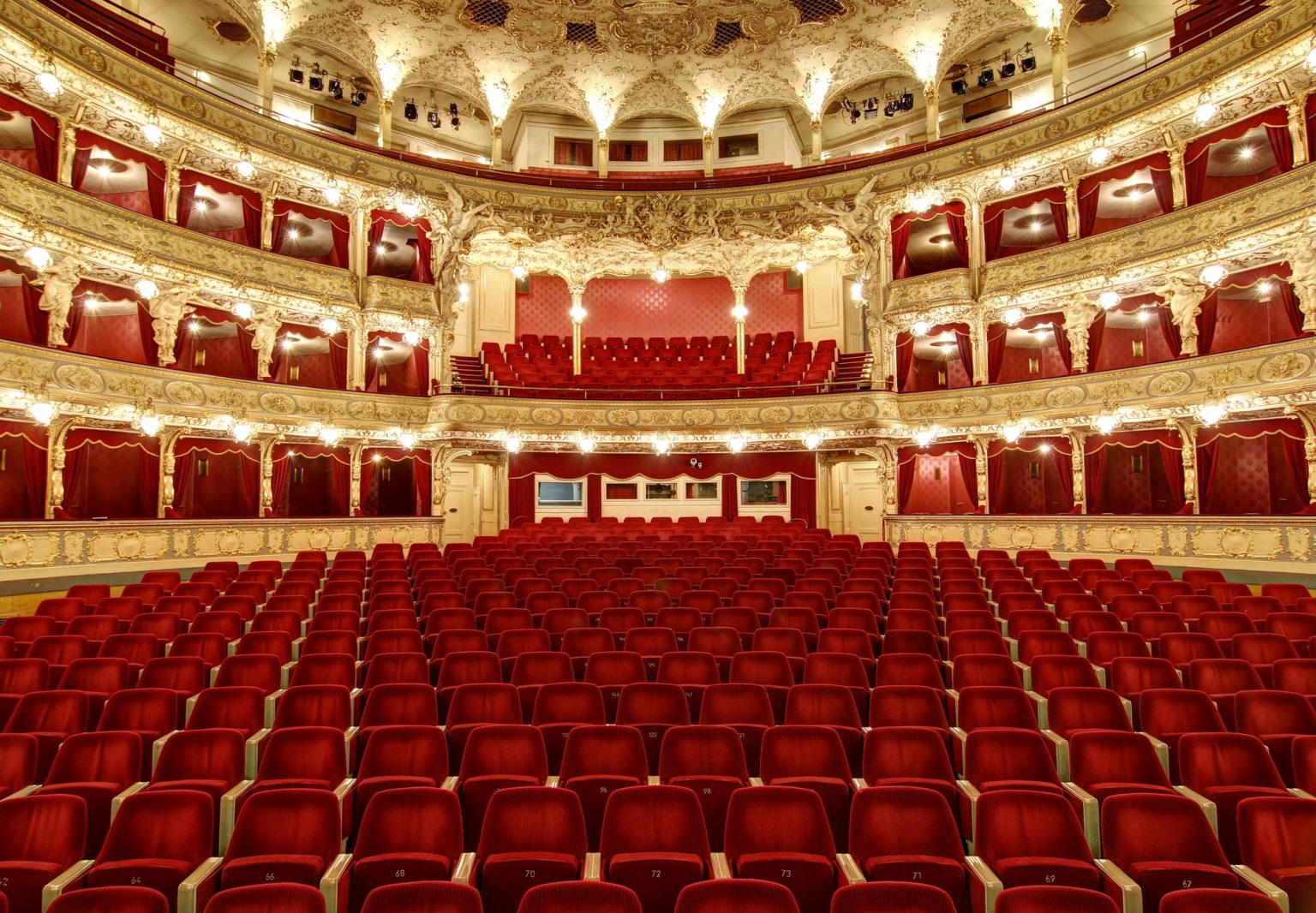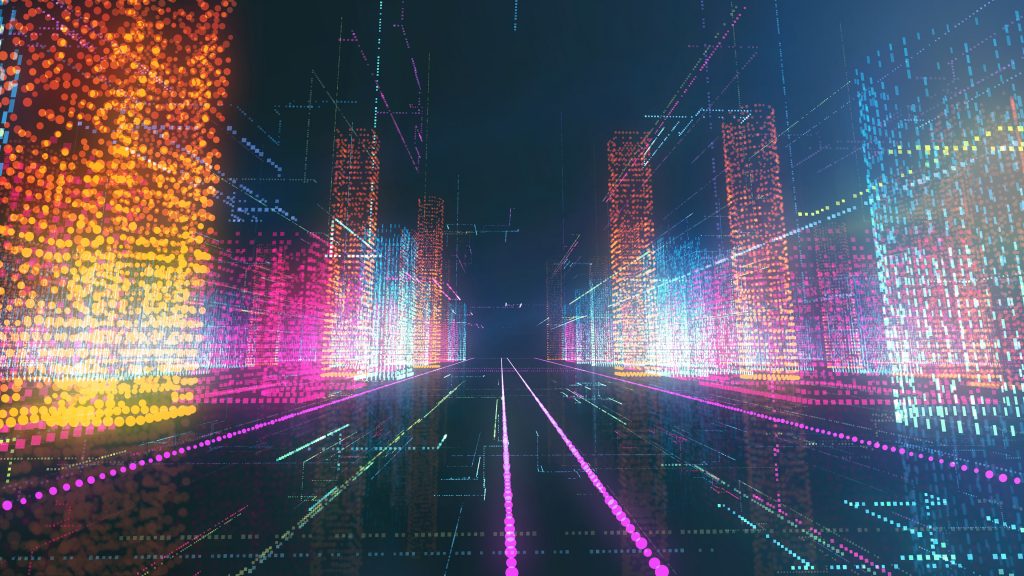Long considered among the most inaccessible of the performing arts, Opera is now being opened up to new audiences (and reinvigorated for existing audiences) through the implementation of virtual reality (VR), augmented reality (AR), and mixed reality (MR).
Technology can engage a younger demographic to whom opera may not be immediately appealing. VR might also help alleviate some of the economic barriers that give opera its reputation for inaccessibility. By putting 360-degree videos online, many more people can be exposed to this form of theatre that has been entertaining audiences for centuries.
Here are just some of the companies reimagining opera.
Opera Colorado and the University of Colorado Denver’s College of Arts & Media
Back in 2017, with an aim to bring a new dimension of openness and excitement to the opera, professors at the University of Colorado Denver teamed up with Colorado Opera to create Experience La Bohème. The experience comprises a suite of virtual and augmented reality displays which offer viewers a behind-the-scenes glimpse at Opera Colorado’s process of mounting Puccini’s La Bohème. Users can watch portions of the performance from the stage, view immersive clips of the opera from the orchestra pit, or experience a 360-degree videoscape showing rows of opera-house seats and ceiling-bound theatrical lighting rigs. The videos and AR experiences enrich the experience of watching La Bohème, rather than just replicating it.
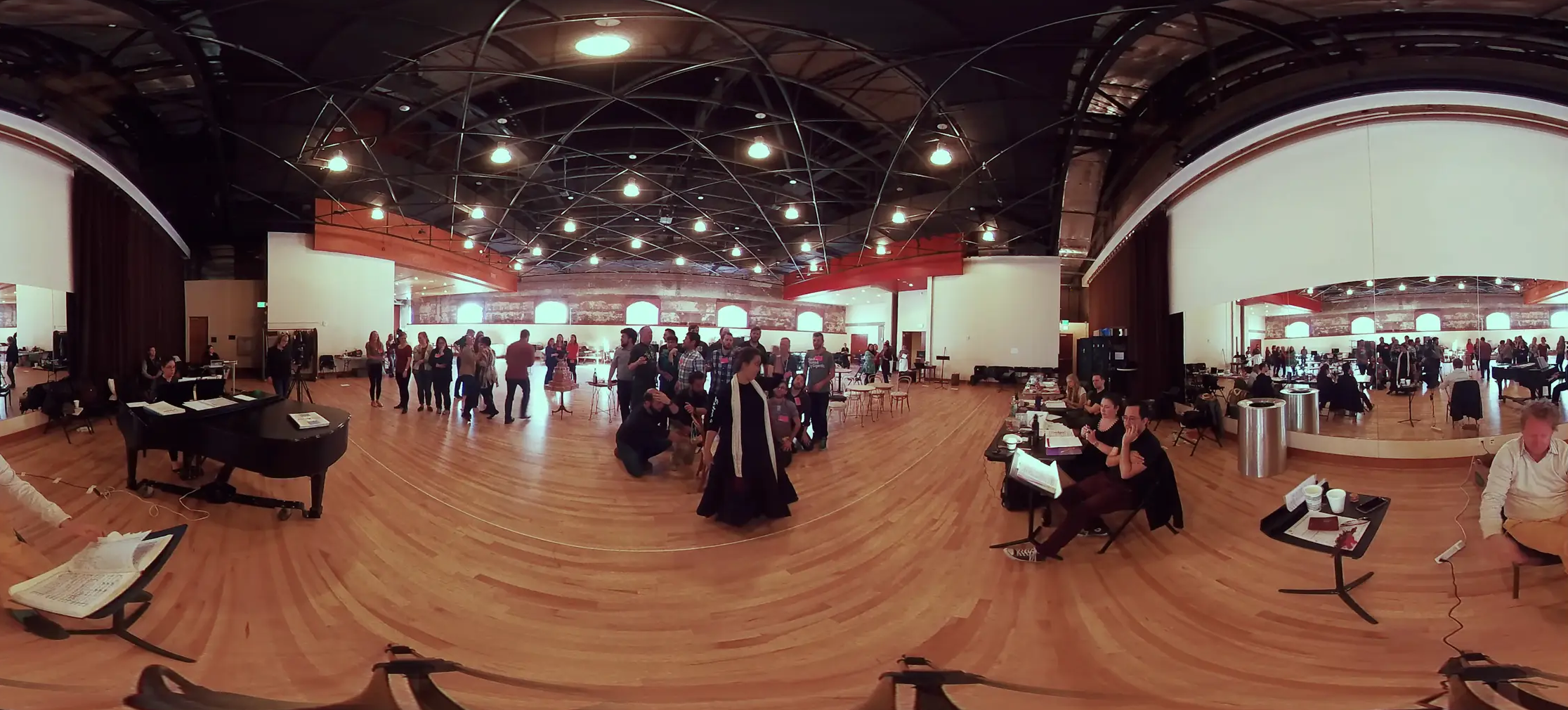
Welsh National Opera
The Welsh National Opera (WNO) has been around since 1943, but it certainly isn’t afraid to try new things. Known for its pioneering digital programs, WNO constantly seeks to push the boundaries of digital and conventional storytelling in a quest to discover the future of opera. From reimagining Madam Butterfly in VR to its brand new AR experience, A Vixen’s Tale, WNO has invited audiences to explore new innovative experiences combining traditional and cutting edge mediums.
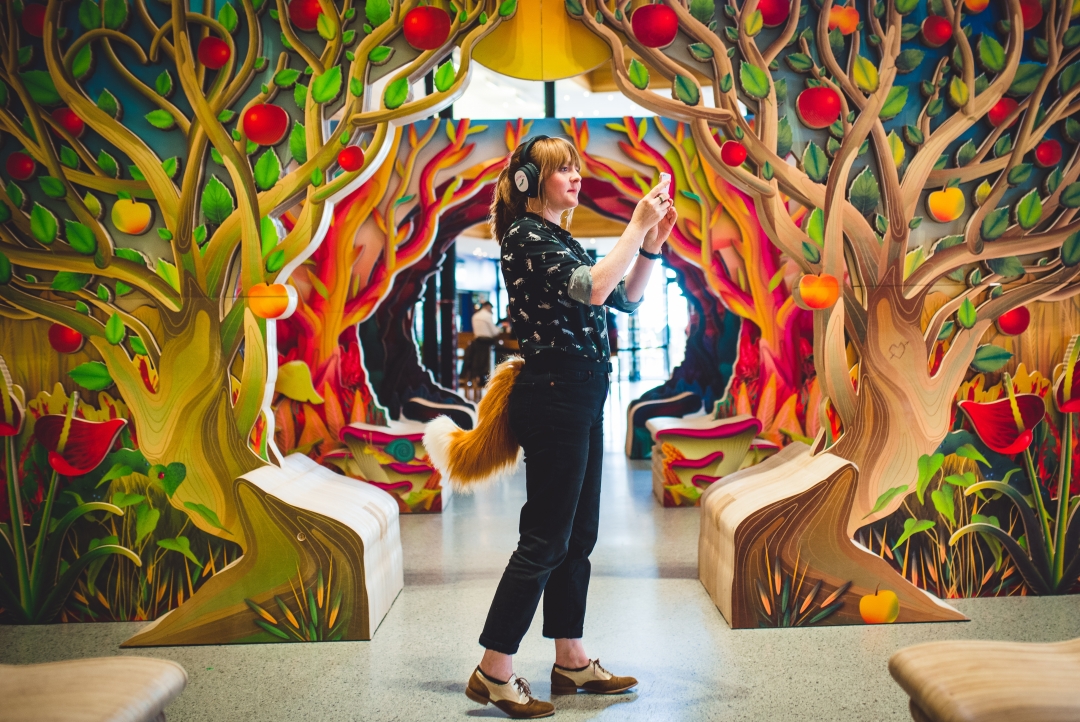
Opera Beyond
While the Finnish National Opera (FNOB) is steeped in tradition and honours the classics, it wants to move beyond traditional opera and ballet and offer something that stimulates the senses and highlights emotions in a new and different way.
Earlier this year, FNOB was looking for creators at an international level to submit proposals for an ambitious interactive art piece—Memories of the Future. The competition was part of the FNOB’s ongoing Opera Beyond project, which aims to bring emerging technology, such as VR, AR, AI, and spatial sound, to the performing arts. Out of 195 applications, eight teams were shortlisted to take part in the finals at the First Session Conference in Helsinki, Finland in May. The jury chose Echo as the winner. The immersive art piece will premiere by 2020 and will tour internationally at relevant festivals.

Royal Opera House, London
The Royal Opera House is made up of two companies—The Royal Opera and The Royal Ballet. In 1734, the first ballet was presented and a year later, Handel‘s first season of operas began performing. Now, 29 different productions occur every year. The Royal Opera House hopes that as VR and AR technologies mature, the centuries-old institution will be able to use them to its advantage as a way to develop new audiences.
Back in 2016, The Royal Opera teamed up with Jaunt VR to create a 360-degree experience which puts the user on stage with the Royal Opera Chorus as they build-up to the opening night of Verdi’s Nabucco. Users are taken into the heart of the Royal Opera House, backstage and behind the scenes, before heading to a rehearsal. The full experience also allows viewers to be part of the performance on stage, showing the differences between the rehearsal and the buzz of a performance.

The Royal Swedish Opera
The Royal Swedish Opera is the national stage for opera and ballet and was founded by King Gustav III in 1773. The Royal Opera cares about tradition while pushing creative and technical boundaries to find new ways to engage audiences.
It was recently announced that Bublar Group’s (the leading Nordic listed company within AR and VR) subsidiary, Vobling, has won a four-year contract to become the Royal Swedish Opera‘s supplier and partner for immersive solutions. This announcement follows a successful pilot VR production of Sharon Eyal’s dance work Half Life (produced by Robert & Robert)and the use of AR in its season program (produced by DVA Studio).
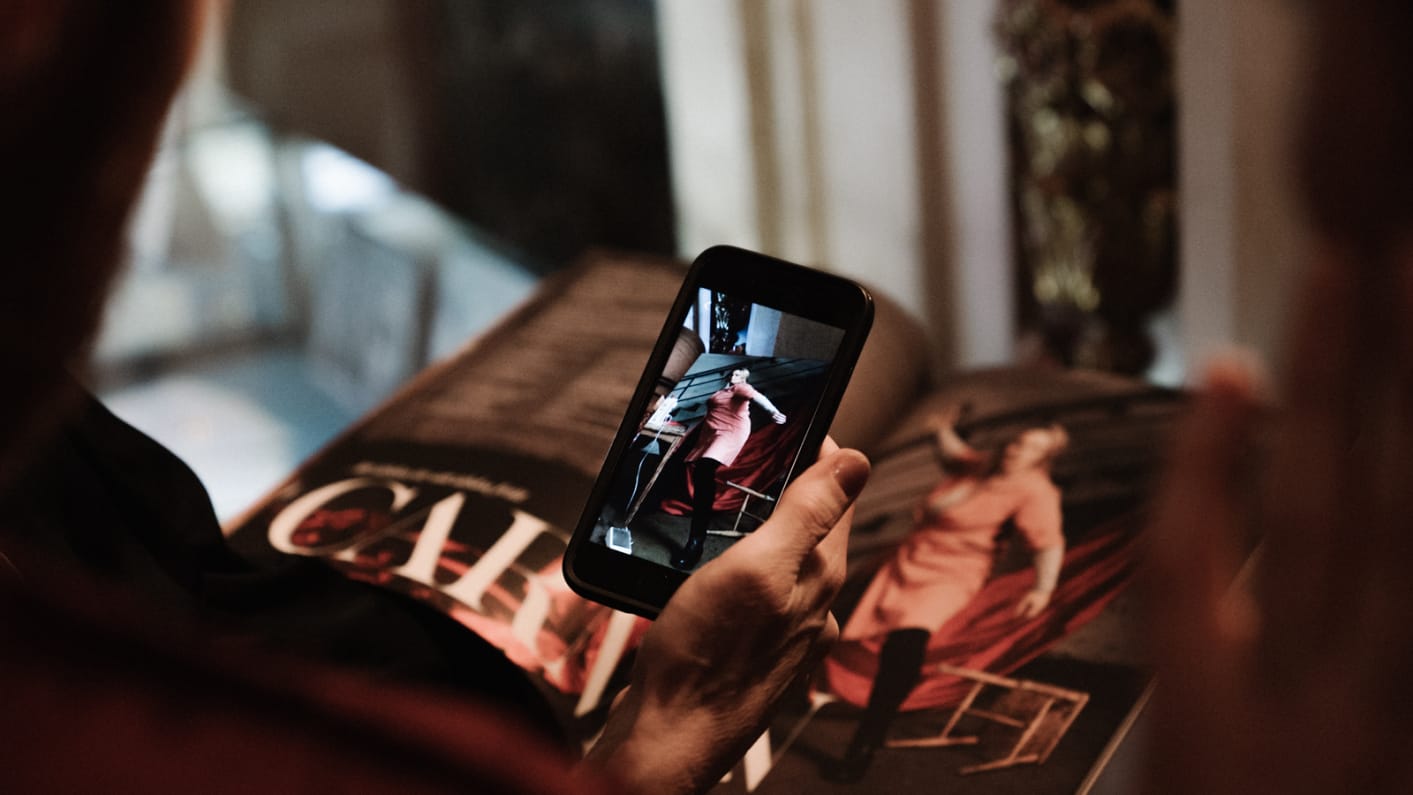
This piece was written by Sol Rogers and originally appeared on Forbes.com

